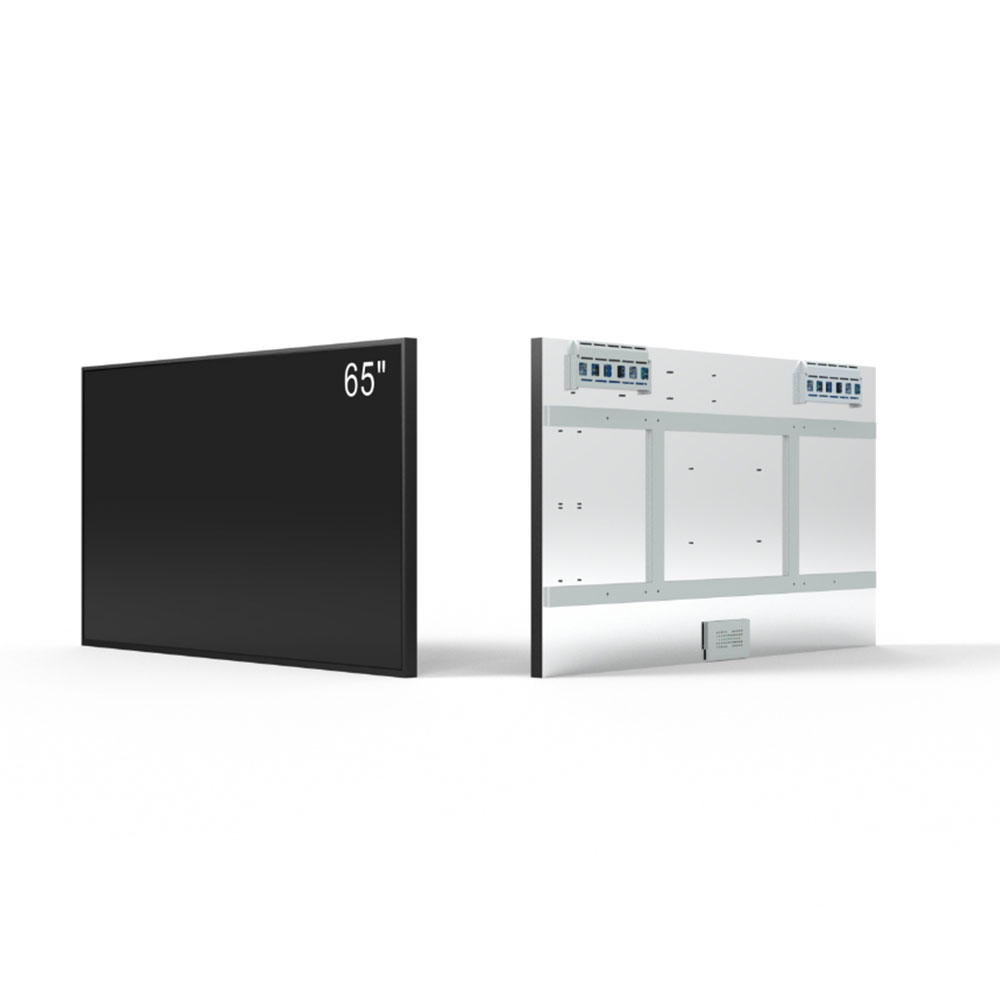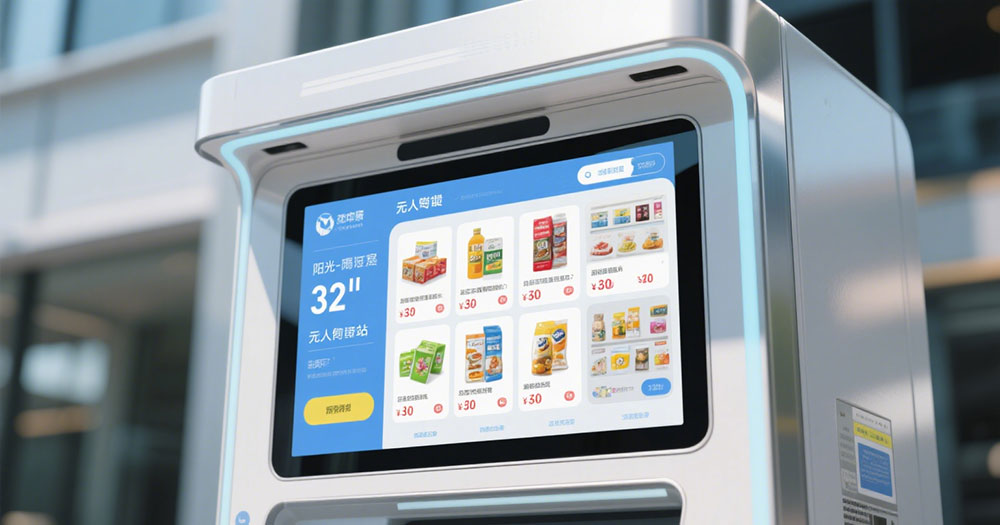When designing outdoor LCD displays for public information, transportation, retail, or industrial environments, choosing the correct display ratio is critical—not just for aesthetics, but for functionality, visibility, and integration with existing systems. Among the most commonly used ratios in commercial outdoor applications is the 4:3 aspect ratio, especially for screen sizes like 15", 17", and 19".
The 4:3 ratio—originally established by early CRT monitors and still widely adopted in legacy systems—offers several advantages in outdoor settings. First, it provides better compatibility with traditional video signals (like VGA and composite), which remain prevalent in many embedded control systems such as traffic management units, kiosks, and digital signage in airports or train stations. Unlike modern 16:9 screens that may require additional signal scaling or cropping, a 4:3 display maintains full resolution without distortion, ensuring crisp text and clear graphics even under direct sunlight.

For 15” models, the 4:3 format delivers high pixel density in a compact form factor ideal for confined spaces like bus shelters or vending machines. At 17”, this ratio strikes an optimal balance between screen real estate and portability—perfect for mobile advertising units or temporary event setups. Meanwhile, 19” screens maintain excellent readability at a distance while still fitting into standard rack-mount enclosures, making them suitable for industrial monitoring panels in manufacturing plants or utility control rooms.

From an engineering standpoint, manufacturers like LG, Sharp, and NEC have long optimized their outdoor LCD modules for 4:3 formats using enhanced anti-glare coatings, wide-temperature IPS panels, and sealed enclosures rated IP65 or higher. According to the International Electrotechnical Commission (IEC) standard IEC 60068-2-1, outdoor displays must withstand extreme environmental conditions—including UV exposure, humidity, and temperature swings from -20°C to +60°C—and the 4:3 design supports efficient heat dissipation due to its balanced internal layout.
Furthermore, 4:3 screens often use lower power consumption per square inch compared to widescreen alternatives, a key consideration for solar-powered installations or remote locations where energy efficiency is paramount. Case studies from cities like Singapore and Tokyo show that 4:3 outdoor displays reduce maintenance costs by up to 22% over five years due to fewer backlight failures and improved component longevity.
In conclusion, while 16:9 has become dominant in consumer electronics, the 4:3 aspect ratio remains the gold standard for professional outdoor LCD deployments in the 15”, 17”, and 19” size ranges. Its proven reliability, compatibility, and robustness make it the preferred choice for engineers and system integrators who prioritize performance, durability, and operational continuity in demanding environments.







